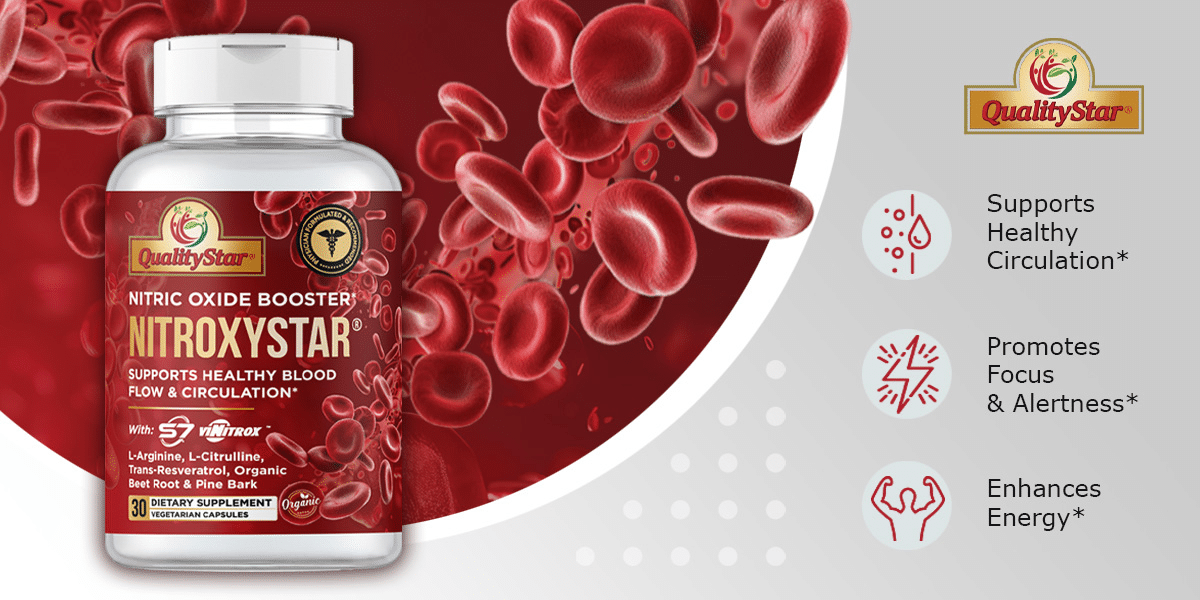By: Matt Burke
America has been fighting drugs on its streets and in its communities for decades, yet the situation remains complex. From suburban neighborhoods to inner cities, the presence of drugs continues to touch every part of the country. While policymakers and community leaders take various approaches, everyday Americans feel the impact, often wondering if the battle is making a difference. The dialogue has shifted in recent years, focusing on punishment, prevention, treatment, and rehabilitation. Here’s a look at what’s happening in America’s fight against drugs and the direction we could be headed.
Is the Crisis Getting Worse?
You’d think, with all the resources and effort, we’d be seeing an actual decline in drug abuse. But the reality is more complicated. Data on drug use trends show an uptick in overdose deaths, primarily driven by opioids, synthetic drugs, and new, dangerous substances entering the market. Part of the issue is that the drug trade has evolved over the years—adapting quickly to avoid restrictions and exploit new avenues.
A combination of factors fuels this rise, from socio-economic challenges to the glamorization of substances on social media and in entertainment. New forms of fentanyl and other synthetic drugs have proven not only potent but also lethal, raising the stakes of drug experimentation for young people. And while there are more resources than ever devoted to the issue, the complexity of the problem has increased just as fast.
Efforts have been made to reduce the supply, mainly through border security measures, but supply often adapts to meet demand. As law enforcement works to shut down certain supply chains, others crop up in less visible forms, like synthetic labs that can produce staggering quantities in a small space. For every successful crackdown, new obstacles arise, making it clear that the fight is far from over.
What Happened to the War on Drugs?
We’ve all heard of the “war on drugs,” but what did it accomplish? In the 1980s, this approach was born from a tough-on-crime philosophy, with sweeping policies aimed at punishing drug use and halting supply. Politicians promised to make communities safer by putting offenders behind bars. But the legacy of these efforts is mixed.
The war on drugs led to increased incarcerations yet did little to address addiction or deter people from experimenting with substances. Many communities saw waves of arrests, often for low-level offenses, leaving families broken and creating a cycle that’s hard to break. Those behind bars frequently lacked access to addiction treatment, making the reentry process all the more challenging.
In hindsight, critics argue that this policy treated drug use as solely a criminal issue, ignoring the mental health and social factors that play huge roles in substance abuse. A new wave of reformers is calling for policy changes that focus on rehabilitation and support instead of punishment alone. Though the “war” may be over in name, the struggle for a more effective, balanced approach continues.
Is Treatment the Real Answer?
For many, the journey to overcome addiction is deeply personal, requiring support systems that go beyond punitive measures. The importance of drug rehab programs has become a focal point in the national conversation. This shift towards treatment over punishment signals a significant change in how we approach the drug crisis in America.
Drug rehabilitation isn’t just about stopping use; it’s about giving people the tools and support to regain control of their lives. More treatment centers have opened in recent years, with programs designed to address both the physical and psychological needs of people struggling with addiction. These centers aren’t just for the ultra-wealthy either—community-based programs and nonprofits work tirelessly to provide affordable care options.
Yet, barriers remain. Access to effective treatment can be limited, especially in rural areas where facilities might be hours away. Insurance coverage varies widely, leaving some families struggling to afford help. Advocates argue that expanding access to rehab programs could be transformative, providing a viable alternative to prison and helping individuals find long-term recovery.
Are Youth Getting the Message?
When it comes to preventing substance abuse, early intervention matters. Young people today face a world where drug information (and misinformation) is just a click away, often glamorized on social media. To counteract this, schools and community programs have worked to create education initiatives aimed at giving kids the facts without the scare tactics that once dominated.
However, the effectiveness of these efforts could be improved. Programs vary by state and school district; their impact often depends on available resources. While some schools have embraced comprehensive, fact-based curriculums, others continue with outdated approaches that may do more harm than good. And then there’s the peer influence factor: as kids navigate their social circles, they encounter curiosity and pressure to experiment.
Some argue that youth prevention should go beyond simple messaging to address mental health needs, building resilience in teens who may turn to substances as a coping mechanism. The more we understand why young people try drugs in the first place, the better we can help them make safer choices.
How Are Communities Taking Matters into Their Own Hands?
With government policies often slow to adapt, many communities have taken action themselves, focusing on prevention, support, and advocacy. Grassroots initiatives are popping up nationwide, led by people who see firsthand the toll drugs take on their neighborhoods. Local organizations are filling gaps in services, offering everything from education programs to safe spaces for individuals in recovery.
Some neighborhoods have established drop-in centers where people struggling with addiction can connect with resources and find immediate support without waiting for a formal treatment plan. Other communities host events that promote awareness, bring families together, and break down the stigma surrounding addiction. This stigma-busting work is critical, as the shame often attached to drug use can prevent people from seeking help.
These local efforts show that change doesn’t always have to come from the top down. When people come together to address an issue they care about, real progress can happen, strengthening and securing communities.
Where Do We Go From Here?
America’s relationship with drugs is complicated and deeply rooted in both culture and policy. While there’s no quick fix, the shift toward a more compassionate, balanced approach is gaining momentum. As the focus moves from punishment to prevention and support, there’s hope that we can address the root causes of drug addiction more effectively.
The road ahead may be long, but by combining education, treatment, and community support, there’s a real chance to make a lasting impact. As Americans, we may not all agree on the specifics, but most can rally behind the goal of healthier, safer communities where fewer lives are lost to addiction. With the right resources, strategies, and support, we might finally be able to turn the tide on the drug crisis in our country.
Published by: Josh Tatunay






